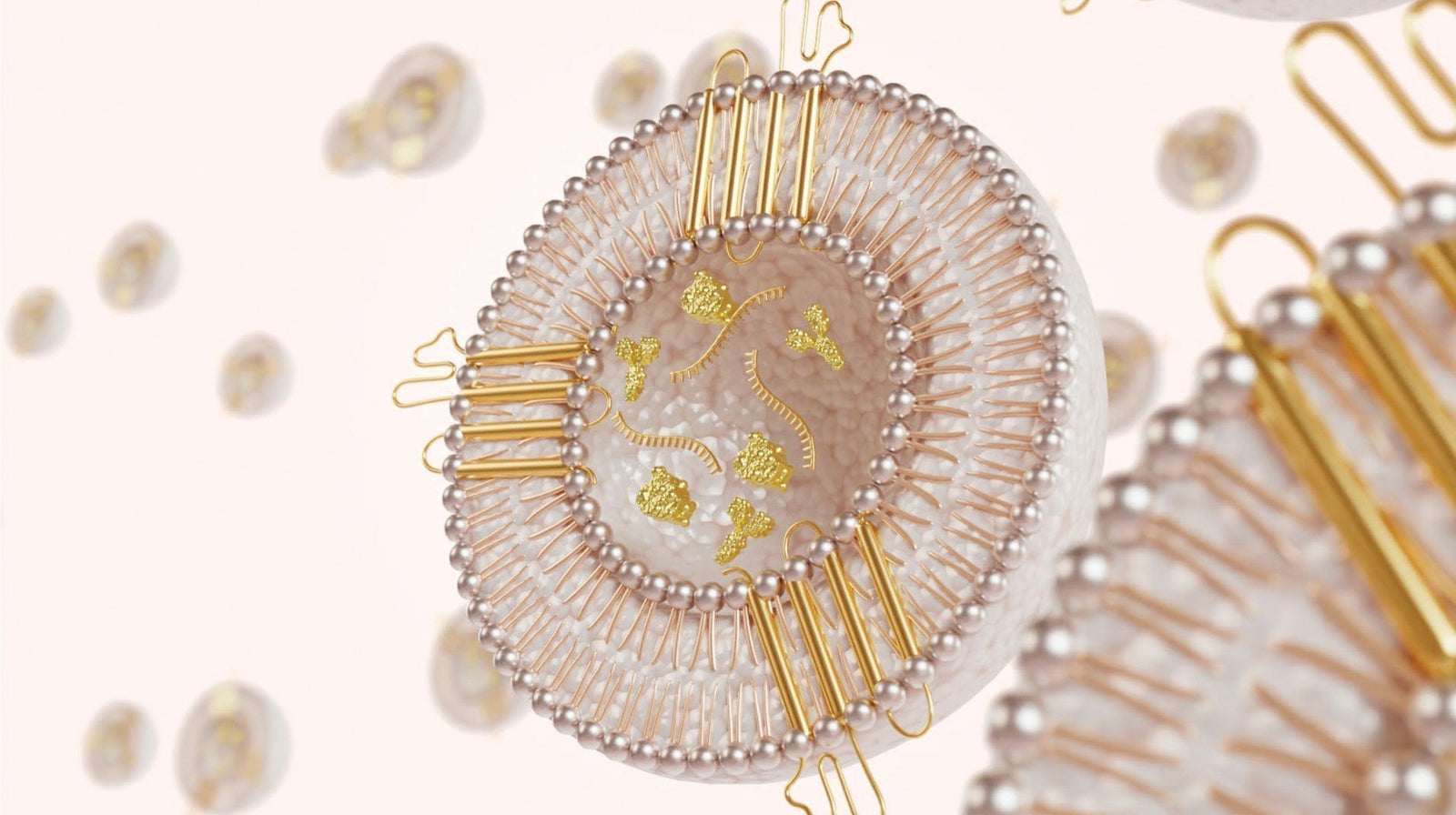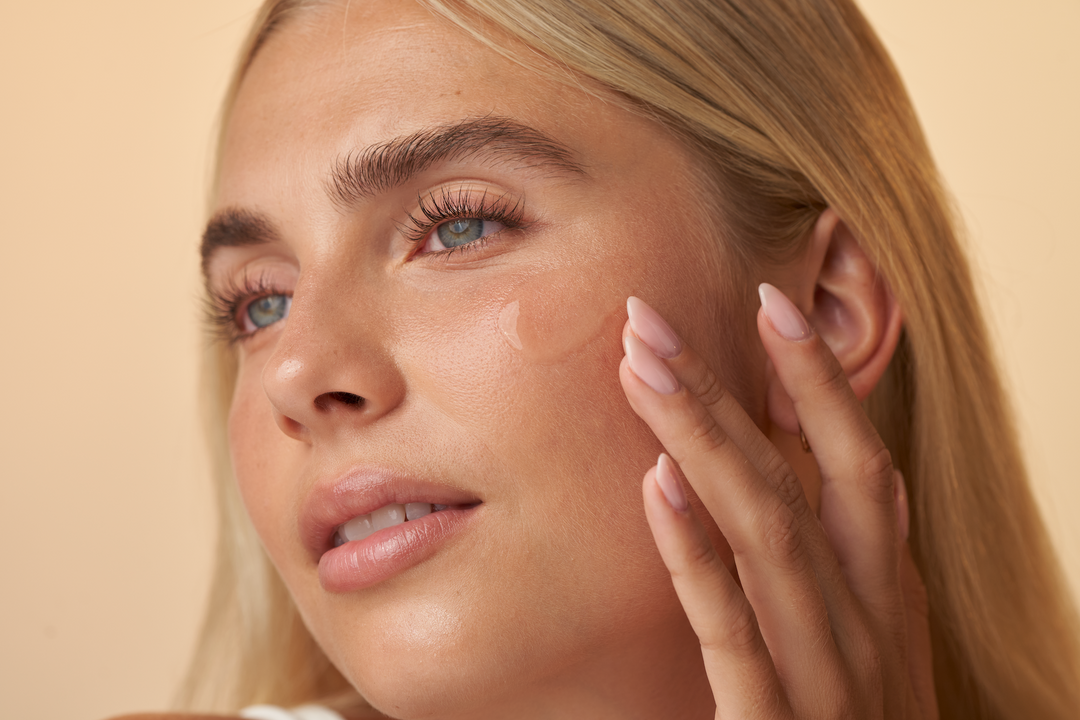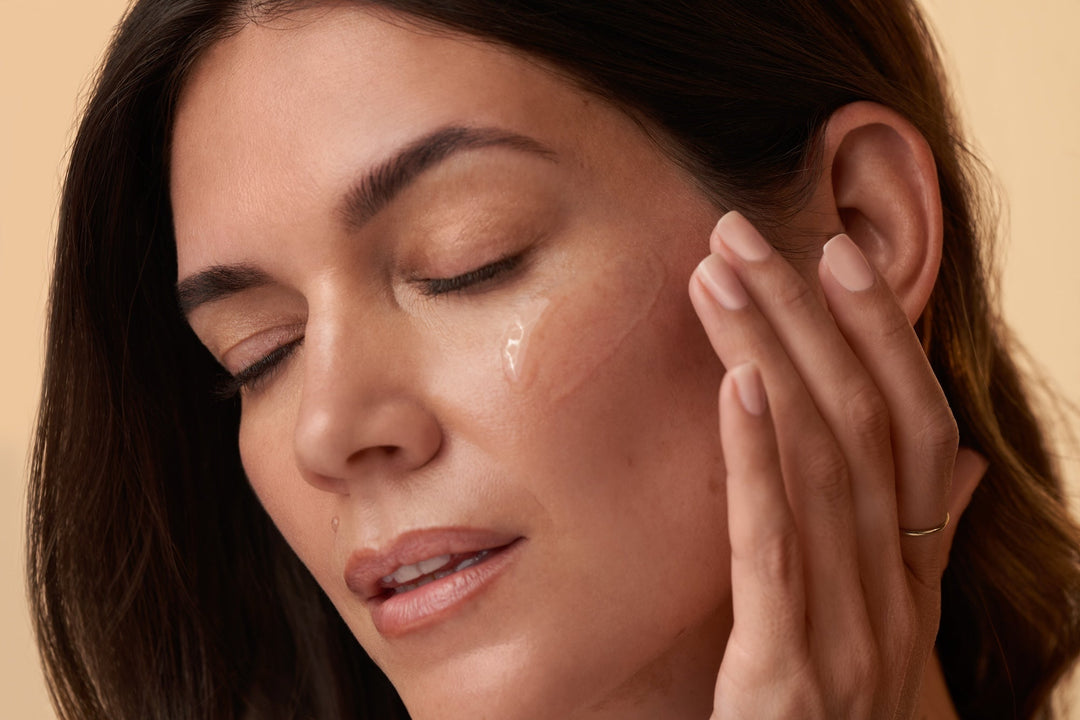What Are Exosomes?

QUICK TAKE: WHAT ARE EXOSOMES?
- Exosomes are nano-sized vesicles that have the potential to reprogram our skin’s appearance.
- Not all exosomes are created equal. Source and method of extraction have a huge impact on their potency and power.
- In skincare, exosomes—specifically those derived from platelets—have been clinically proven to support the appearance of skin and scalp rejuvenation.
- Platelet-derived exosomes help improve the appearance of fine lines, skin texture, and thin hair.
Feel like you blinked and now “exosomes” are everywhere? Exosomes may be the latest buzzword in skincare, but they are so much more than a trendy ingredient. Exosomes in skincare represent a true breakthrough in science. These nano-sized vesicles have the potential to not just rejuvenate our appearance but truly reprogram the look of our skin.
Sounds pretty amazing, right? It is. Still, there’s one big but. Not all exosomes have the ability to renew. That’s because where exosomes come from and how they are extracted make a huge difference in their power and their potency. While some exosomes are clinically proven to regenerate the appearance of skin and hair, others are filler ingredients that don’t do much of anything at all.
That’s why leading dermatologists and clinical researchers agree that when it comes to anti-aging skincare, the real gold is exosomes—specifically those derived from platelets. Where chemical or plant-based products might be patchwork fixes, platelet-derived exosomes are highly effective at improving skin’s appearance, helping to visibly reverse the signs of aging.
Read on to dig into the science behind exosomes and how to choose exosome serums that will deliver real, lasting changes you can see.
What Is an Exosome, Anyway?
You might not know what an exosome is exactly, but there are roughly 35 quintillion(!) exosomes working in your body right now. That number is so massive it can be hard to fathom, but think of it this way: 35 quintillion seconds is equal to about 1.1 trillion years. That’s a lot of exosomes.
Our bodies are able to accommodate this number because exosomes are very (very) small. In fact, they are so small that researchers didn’t even know they existed until the early 80s. Even then, for years scientists thought that they were basically cell dust.
It wasn’t until the late 80s that Dr. Rose M. Johnston coined the word exosomes and began to realize that exosomes weren’t dust at all. That shift paved the way for the burgeoning era of exosomes in skincare.
Where Do Exosomes Come From?
Exosomes can come from many different sources. Here’s how to understand different exosome sources:
-
Platelet-derived exosomes: Exosomes from platelets have one clear superpower: “Renew and Refresh!” Think about what happens when you need to regenerate your look. Your platelets are first responders to the site of need—and their exosomes do the heavy lifting. They address areas of visible damage (sort of like a heat-seeking missile) and help nourish with nutrients like peptides, antioxidants, and nucleic acids to rejuvenate skin’s appearance.
-
Plant-derived exosomes: Exosomes from fruits and vegetables (like grapes, ginger, or broccoli) are often promoted as “natural,” but they don’t do much for our appearance. These plant-based vesicles may contain antioxidants and nutrients, but they don’t improve the skin’s appearance as well. Think of it like getting an email in a foreign language: Your skin’s surface might receive it, but it doesn’t really work well on it.
-
Animal-derived exosomes: Exosomes sourced from non-human animals (like cows or pigs) are closer to humans than plants. While they may come with some benefits, they lack the efficacy of exosomes derived from our own species. It's like trying to plug a UK power cord into a US outlet — close, but not quite the right fit.
-
Lab-derived exosomes: Some companies produce synthetic or cell-line-derived exosomes in the lab, but they often lack the quality, complexity, and consistency of exosomes derived from real humans under natural conditions.
What Are Exosomes in Skincare?
Exosomes in skincare mark a new era for anti-aging technology. To understand their breakthrough power, we need to understand what makes skin look damaged or look “old.”
Skin aging isn’t just about the years—it’s about everything your skin faces daily. UV rays, pollution, stress, and other environmental aggressors damage cells, creating what’s called cellular senescence. These senescent (or damaged) cells contribute to the breakdown of collagen and elastin.
This process leads to the look of wrinkles, fine lines, dullness, dark spots, and sagging skin. What’s more, the very same thing happens in our scalp as well. In our scalp, skin aging looks like thinner hair, more severe hairline appearance, breakage and frizzy strands, rough texture, and overall lackluster appearance.
Traditional skincare ingredients—hydrators, exfoliants, chemical treatments—can modestly help renew our look, but their impact is often limited. To truly renew the appearance of aging skin, exosomes (or more specifically, platelet-derived exosomes) come in. Platelet-derived exosomes have the unprecedented power to spark visible surface renewal and improve the skin’s appearance.
What Are the Benefits of Exosomes for Skin?
Clinically proven in multiple peer-reviewed journals, platelet-derived exosomes are shown to:
-
Reduce look of fine lines and improve skin texture
-
Even the look of dark spots and redness for a more glass-skin-like complexion
-
Boost radiance for a more luminous glow
What Are the Benefits of Exosomes for Hair?
Platelet-derived exosomes can address anti-aging issues for the hair as well. They have been clinically proven to:
-
Reverse the look of thinning hair by improving the look of scalp coverage
-
Improve the appearance of density, volume, and fullness
-
Boost the appearance of shine and softness
-
Help strands appear shinier and thicker
The Bottom Line on Exosomes
Exosomes aren’t just hype. They’re a powerful leap forward in how we support the look of skin and scalp. But not all exosomes are created equal. While plant-, animal-, and lab-derived exosomes may sound appealing on paper, they lack the precise ability to impact the skin’s appearance. That’s why platelet-derived exosomes stand in a class of their own: they deliver visible surface renewal in a way that actually reprograms the look of your hair and skin.
If you’re looking for real results—firmer skin, smoother texture, restored glow, and visibly healthier hair—it’s not just about using exosomes. It’s about using the right exosomes. Trust the source. Trust the science. And give your skin and scalp the support they need to look younger.
Ready for results you can see powered by platelet-derived exosomes? Start here.






